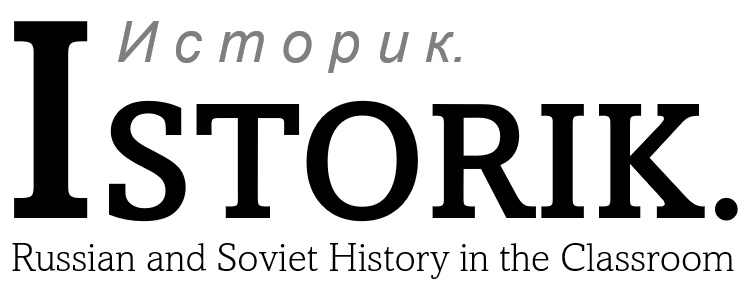This scheme of work has recently been updated and can be found in full on the SHP's Curriculum PATHS project page here: https://padlet.com/cpaths/shp-curriculum-paths-sharing-hub-67fifmslrhyo1e0x
Something a little bit different.
A few years ago, I set about planning and writing a scheme of work on the Spanish Civil War. To the best of my knowledge (then and now), this is not something that's typically taught in British schools. So why Spain?
For the purposes of Soviet foreign policy, the Spanish Civil War is hugely significant. Stalin had the distinction of being the only European leader who militarily backed the Spanish Republic (although his motives have been, quite rightly, doubted by all commentators since). Spain, like Russia, was also exceptional in being one of the only European countries to experience a full-blown social revolution in the first half of the twentieth century. And like Russia, this coincided with a devastating civil war.
More widely, the story of Spain during its civil war, 1936-1939, has the potential to connect to the wider story of European (and world) history between the end of the first, and the start of the second, world war.
Rationale and Approach
The scheme of work, which is linked in full here, is framed by the (not very catchy) enquiry question "Why do historians consider the Spanish Civil War to be significant?".
The enquiry hugs closely to the idea of significance as a second-order concept, whilst examining aspects of historical interpretation, causation, and consequence. In this way, it fits fairly neatly with the approach to significance as a "meta-concept" that permeates other second-order concepts in History teaching.
I set the enquiry around the interpretations of three historians. Two are relatively sympathetic to the Republican (democratic/left-wing/liberal) side in the Civil War (Paul Preston and Helen Graham), and one extremely critical of the Republicans and rather troublingly sympathetic to the Nationalist (far-right/clerical/fascist) side in the Civil War (Stanley Paine).
We had recently moved in our GCSE teaching to the Inter-War unit, spanning 1918-1939. We would begin teaching this in Year 10. But students needed a key grounding in a number of themes first.
These, I realised, could be addressed by a short, focused examination of the Spanish Civil War in Year 9, which connected almost all of the major trends in European politics and society in the interwar period (rather bafflingly, the exam-board specification and textbooks for our GCSE Inter-War unit barely touched on a huge multi-national, ideologically grounded and potentially genocidal war raging in Europe in the three years before World War Two broke out).
The themes illuminated by this study of the Spanish Civil War include:
- Dictatorship: What were dictatorships in the interwar period and why did they emerge?
- (Extremist) Ideology: What was the clash of ideologies and how did this play out in interwar Europe?
- Total War: How did mass mobilisation and changes in technology, especially aerial bombardment, affect how wars were fought, who was targeted, and how conflict was perceived?
- Human Rights and Terror: How did conflict and revolutionary upheaval lead to the mass repression of civilians, and how did this contribute to social and political change?
- International Relations: How did foreign intervention in conflict by, and indirect conflict between, major powers including the USSR, Germany, and Italy, affect international relations in the pre-World War Two world?
- (Non-)Intervention: How did policies of appeasement and non-intervention strengthen Hitler, Mussolini, and fascism?
- What makes historians consider the Spanish Civil War significant?
- How "unique" was Spain in 1930s Europe?
- What can San Rafael tell us about violence and terror?
- Why did international intervention decide the Spanish Civil War?
- Why did people in 1936 consider Spain worth fighting for?
- Why is Guernica still considered significant?














No comments:
Post a Comment